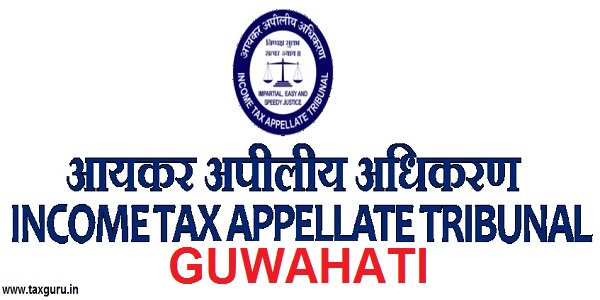Case Law Details
DCIT Vs. Indo American Jewellery (ITAT Mumbai):- Assessee’s TP study cannot be rejected lightly, “com parables” have to be comparable on all parameters, no incentive to shift profits offshore if tax rates there are higher
The assessee, engaged in the business of manufacture and export of plain and studded jewellery of gold, platinum etc, entered into international transactions with four AEs. The assessee adopted the Transactional Net Margin Method (“TNNM”) and argued that the transactions were at arms’ length on the basis that its operating profit margin was 3.56% on sales and 3.70% on cost whereas that of the comparables was 3.27% of sales and at 3.82% on cost. The TPO rejected the method on the basis that the allocation of expenses on the basis of turnover was not correct and it ought to have done on other parameters. The TPO held that as the average operating profit margin on cost of comparable companies engaged in the business of manufacturing jewellery came to 7.25%, that had to be adopted as the arms length operating margin. The CIT (A) deleted the addition. On appeal by the department, HELD dismissing the appeal:
(i) The external com parables selected by the assessee were from a public data base and the assessee has followed a detailed search process and made an analysis considering the various factors of selecting the external comparables as required under Transfer Pricing Regulations and Guidelines. Therefore, the transfer pricing study of the assessee and ALP determined on the basis of such study simply cannot be rejected without any cogent reasons. Unless proper method is followed, com parables are chosen and selected after doing a proper FAR study as well as adjustments are made to the extent possible it is unfair to summarily reject the transfer pricing analysis made by the assessee;
(ii) The com parables selected by the TPO were not comparable with the assessee because they were either (a) situated in Seepz and got various benefits not available to others and could earn higher profit margins, (b) the turnover was predominantly domestic, (c) the total turnover was either much higher or lower than that of the assessee;
(iii) The fact that the AEs earned meager profit or incurred losses as compared to the profit of the assessee showed that there was no transfer of profit by the assessee out side India;
(iv) Since the tax rates were higher in USA compared with those of India, therefore, there would be no incentive to transfer profits to higher tax chargeable regions especially when the assessee enjoyed deduction u/s. 80HHC.





















